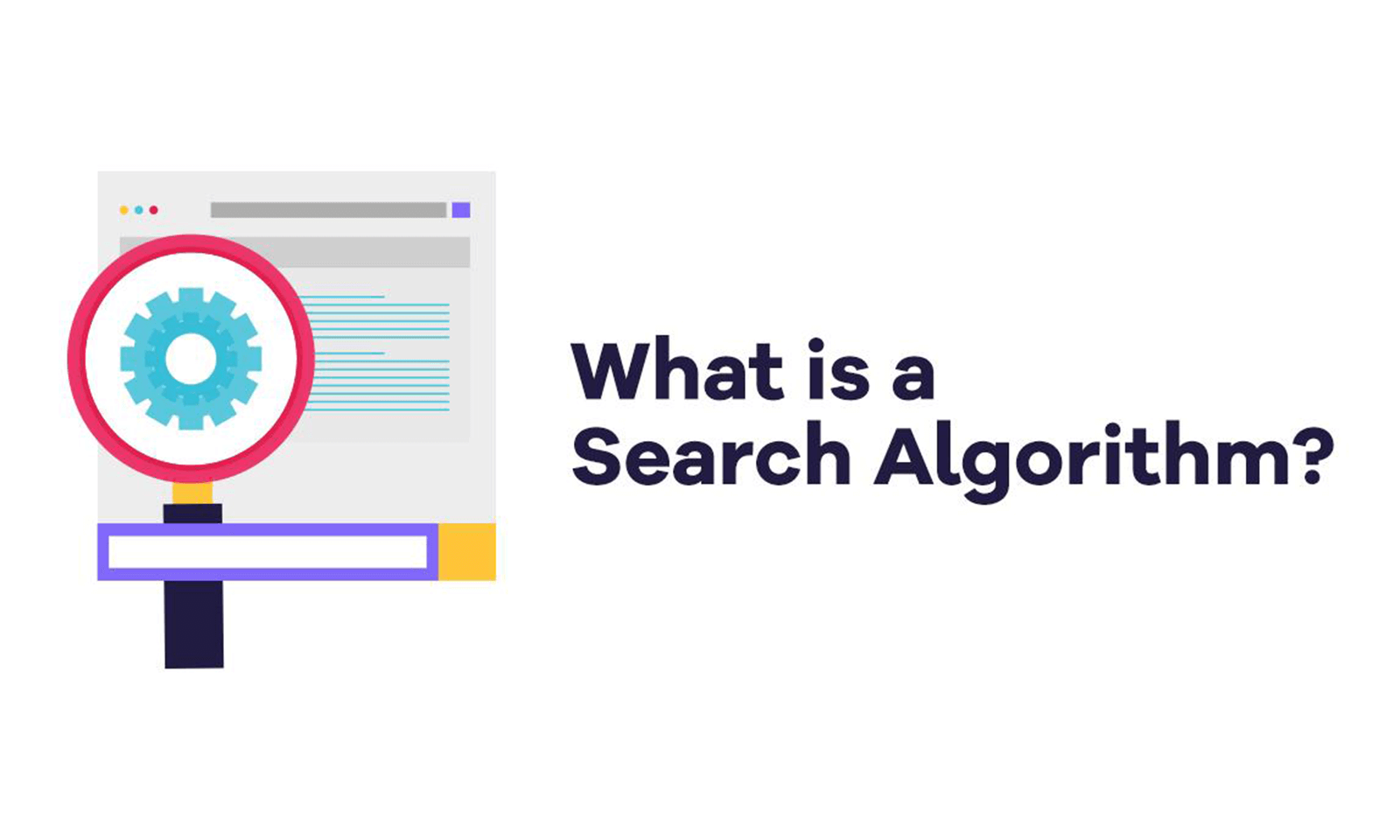Customer marketing is a type of marketing that focuses specifically on existing customers, rather than attracting new customers. It’s an approach that recognizes the value of maintaining a strong relationship with current customers, as they can provide a steady stream of revenue and help to drive growth for your business.
Customer marketing involves a variety of strategies and tactics designed to keep customers engaged, satisfied, and loyal to your brand. This can include things like email marketing campaigns, loyalty programs, customer referrals, upselling and cross-selling, and more.
Here are some of the key elements of a successful customer marketing strategy:
- Segmentation: One of the first steps in creating an effective customer marketing strategy is to segment your customer base. This involves dividing your customer database into different groups based on factors like purchase history, customer behavior, and demographics. This will help you to create more targeted and relevant marketing campaigns, which will in turn lead to better results.
- Personalization: Personalization is a key component of customer marketing, as it helps to create a more meaningful connection between your brand and your customers. Personalization can include things like addressing customers by name in emails, using their purchase history to suggest relevant products or services, and tailoring marketing messages to their interests and preferences.
- Loyalty programs: Loyalty programs are a great way to reward customers for their continued business, and to keep them coming back for more. These programs can take many forms, from simple points-based systems to more sophisticated tiered programs that offer additional benefits and rewards as customers reach certain milestones.
- Email marketing: Email is a powerful tool for customer marketing, as it allows you to reach your customers directly and consistently. This can include newsletters, promotional offers, product updates, and more. It’s important to ensure that your emails are well-designed, engaging, and relevant, as this will help to increase open rates, click-through rates, and conversions.
- Upselling and cross-selling: Upselling and cross-selling are two effective ways to maximize the value of each customer interaction. Upselling involves offering customers a higher-end product or service, while cross-selling involves suggesting complementary products or services. When done correctly, these strategies can help to increase average order value, drive repeat purchases, and boost overall revenue.
- Customer referrals: Encouraging customers to refer their friends and family is a great way to grow your customer base and drive new business. You can do this by offering incentives for referrals, such as discounts or bonuses, or by making it easy for customers to share your products or services with their network.
- Analytics and tracking: Finally, it’s important to use analytics and tracking tools to measure the success of your customer marketing efforts. This can include metrics like open rates, click-through rates, conversion rates, and more. By monitoring these metrics, you can identify areas for improvement and make adjustments to your customer marketing strategy as needed.
In conclusion, customer marketing is a valuable approach that can help you to build stronger relationships with your existing customers, increase customer loyalty, and drive growth for your business. By using effective strategies and tactics, such as segmentation, personalization, loyalty programs, email marketing, upselling and cross-selling, customer referrals, and analytics, you can create a successful customer marketing program that will help you to achieve your business goals.



